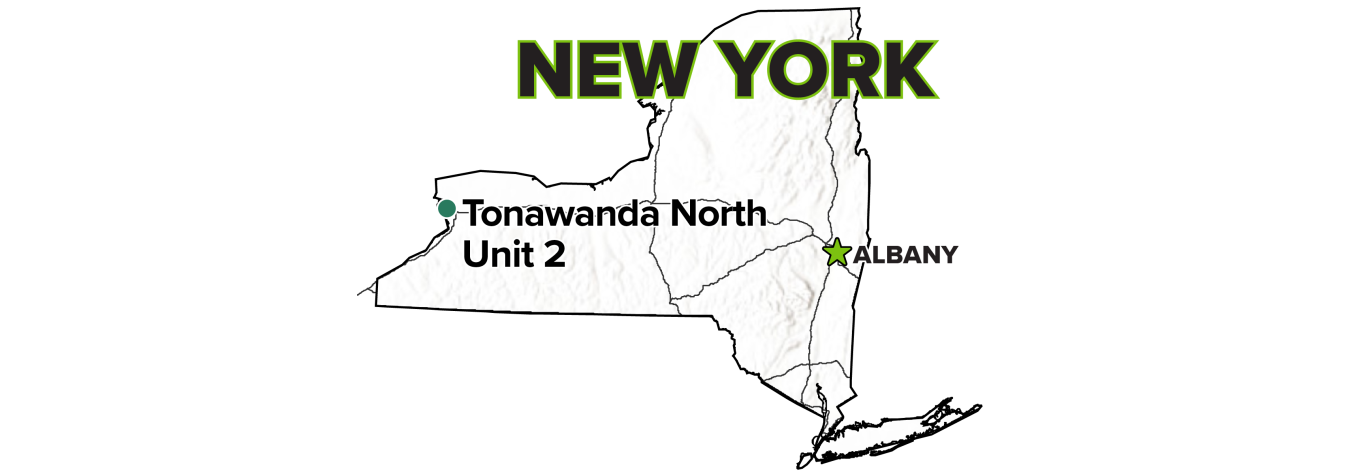
Background
Units 1 and 2 of the Tonawanda North, New York, Site were remediated under the Formerly Utilized Sites Remedial Action Program (FUSRAP). FUSRAP was established in 1974 to remediate sites where radioactive contamination remained from Manhattan Project and early U.S. Atomic Energy Commission operations.
History
From 1944 to 1946, uranium ore processing residues were transported from the Linde uranium refinery site to a 10-acre area known then as the Haist property, now called Tonawanda North Unit 1. In 1960, Ashland Oil Company acquired the property for an oil refinery. Soil removed during construction, containing radioactive residues, was transported to Unit 2 (another Ashland Oil Company property) and Unit 3 (Seaway Landfill Area C) for disposal. Unit 2 includes portions of Rattlesnake Creek.
The U.S. Army Corps of Engineers remediated Units 1 and 2 of the Tonawanda North Site. Contaminated soil was excavated and shipped offsite for disposal or reprocessed as alternate uranium ore feed material. Remediation of Units 1 and 2 was completed in 2005. The site transferred to the Office of Legacy Management in 2008.
Final Conditions
The properties were remediated to a condition that is safe for urban residential use. No supplemental limits or institutional controls are in effect at the site, and DOE does not require on-site monitoring or surveillance. Office of Legacy Management long-term stewardship responsibilities consist of managing FUSRAP site records and responding to stakeholder inquiries.
For more information about the Tonawanda North FUSRAP Site, Units 1 and 2 , view the fact sheet.
We value your feedback and questions. For our contact information, click here.

